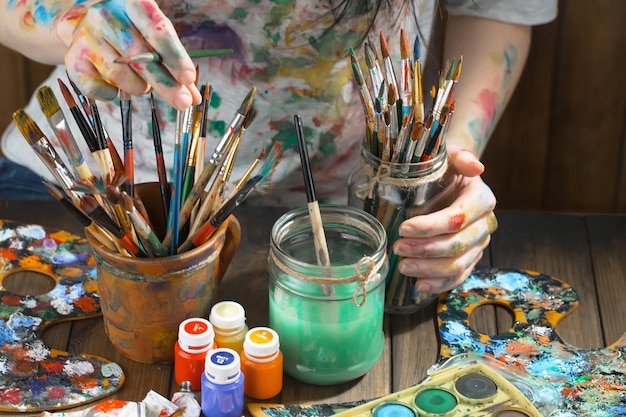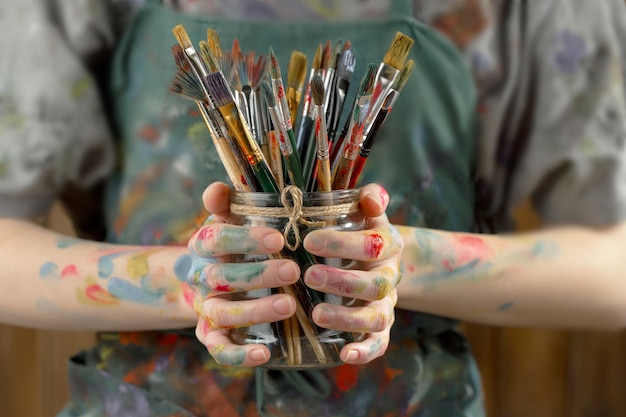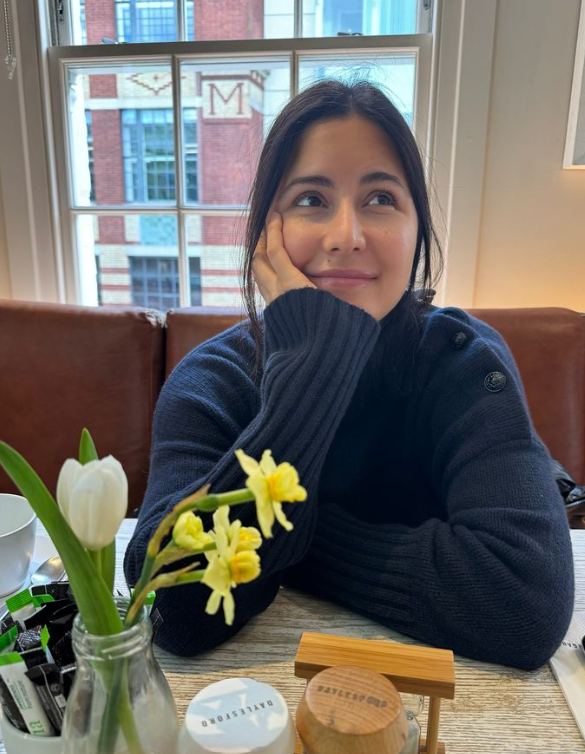Art offers a non-verbal avenue for individuals to express themselves, enabling the processing of their thoughts and emotions.
Art is an inherent aspect of our existence, interwoven into the very fabric of our lives. This universal language of creativity serves as a means to convey emotions, narrate stories, and delve into our innermost thoughts. Art therapy, a popular form of counselling and self-expression in recent times, harnesses the potent force of art to assist individuals in navigating emotional, physical, and mental challenges.
Formally established in the mid-20th century, art therapy originated when British artist Adrian Hill coined the term in 1942. He stumbled upon the therapeutic benefits of drawing and painting while recovering from tuberculosis. Pioneers like Margaret Naumburg and Edith Kramer also acknowledged the therapeutic potential of artistic expression in aiding individuals with mental health issues. As time passed, the field expanded.
Jaisleen Kaur, a psychology major, image consultant, soft skills trainer, and life coach based in Dehradun, highlights the remarkable therapeutic qualities of art. She explains that engaging in various forms of artistic expression, including painting, drawing, music, dance, and more, can significantly enhance mental well-being. These creative activities have been utilized across different cultures and eras to help individuals express emotions, alleviate stress, and improve their mental health.
Art serves as a non-verbal avenue for individuals to express themselves, facilitating the processing of their thoughts and emotions. Jaisleen Kaur, a Dehradun-based life coach and psychology major, elucidates the purpose of art therapy, emphasizing its aim to leverage the creative process for people to delve into self-expression. Through this exploration, individuals can unearth fresh insights and cultivate novel coping mechanisms.
In India, art therapy has witnessed a remarkable surge in popularity, gaining recognition for its efficacy in addressing mental health issues. But what exactly is art therapy, and how does it function? To unravel its workings, we reached out to art therapists and organizations involved in this field within the country.
Ritu Dua, an Art Therapist at the Center for Mental Health in Pune, elucidated that art therapy harnesses the creative act of crafting art to enhance an individual’s mental, physical, and emotional well-being. She noted the diverse range of materials employed in this therapeutic process, ranging from crayons and colored pencils to paints, clay, and even elements from nature, as incorporated into her own practice.
Dua emphasized the significance of selecting art materials based on a client’s specific concerns, as these materials hold distinct properties. She clarified that art therapists often categorize art materials into structured and unstructured types. For instance, a crayon falls under the structured category, while watercolors are considered unstructured. Dua further explained that when dealing with individuals experiencing emotional trauma, the fluidity of watercolors may encourage the release of emotions. However, she noted the importance of careful consideration when applying such unstructured materials and sometimes prefers more structured materials for clients in certain situations.
In contrast, the Holistic Art Therapists Association (HATA) in Mumbai specializes in a unique form of art therapy known as the wet-on-wet technique, developed by Dr. Margarethe Hauschka. According to Natasha Singh, the Founder of HATA, this technique is not aimed at curing patients but at preventing diseases. Singh described it as a “health-giving process” that employs watercolours and fluidity to counteract mental rigidity. In this approach, therapists work with watercolors on wet paper, allowing the exploration of color to organically unveil images, akin to a projective technique in psychology.
Singh asserted that this form of art therapy is beneficial for individuals dealing with various issues, including depression, anxiety, and transitions. She highlighted its capacity to balance thinking, feeling, and action, particularly aiding those who tend to overthink by fostering mindfulness.
Art therapists like Dua also believe that art therapy contributes to holistic well-being and can benefit people across age groups, from children to senior citizens, as well as individuals facing health challenges like cancer. Dua described how art therapists engage clients in soothing art activities like drawing, painting, and clay sculpting, providing them with a means of expression, especially when verbal communication is challenging.
Kamalika Guha Thakurta, Founder and Director of Artscape in Mumbai, concurred with the notion that many people struggle to express themselves due to emotional disconnect. She highlighted the fluidity of art as a means to delve into one’s inner world and gain valuable self-insight.
In addition to working with colors, Artscape employs various art forms such as movement, music, bodywork, drama, storytelling, and journaling. Guha Thakurta explained that the choice of medium depends on the participants and their needs. She emphasized that her organization seeks to harness the potential of performing arts beyond entertainment, using creative art-based tools to empower individuals.
 Guha Thakurta also differentiated art therapy from traditional talk therapy, noting that the former allows clients to create a safe space for self-expression through various mediums. She described it as a deep and non-verbal experiential process that enables self-connection and self-expression, prompting individuals to engage, express, and reflect, ultimately leading to personal insights.
Guha Thakurta also differentiated art therapy from traditional talk therapy, noting that the former allows clients to create a safe space for self-expression through various mediums. She described it as a deep and non-verbal experiential process that enables self-connection and self-expression, prompting individuals to engage, express, and reflect, ultimately leading to personal insights.
Dua elucidated the collaborative nature of art therapy, where the therapist gathers information about the client’s background and goals, fosters a safe and supportive environment, and then provides clients with artistic freedom in initial sessions. As the therapeutic relationship develops, the therapist tailors the choice of art materials and prompts accordingly. After clients create their artwork, they are encouraged to reflect on their thoughts and emotions during the process, describing the meaning behind their creations.
For those who may hesitate to join a formal art therapy organization, Singh encouraged starting art therapy at home by exploring different art mediums and discovering what brings joy. She emphasized that this practice should begin without fear or a predetermined outcome in mind, making it an accessible and enjoyable means of self-expression for those who may not be comfortable verbalizing their thoughts.












